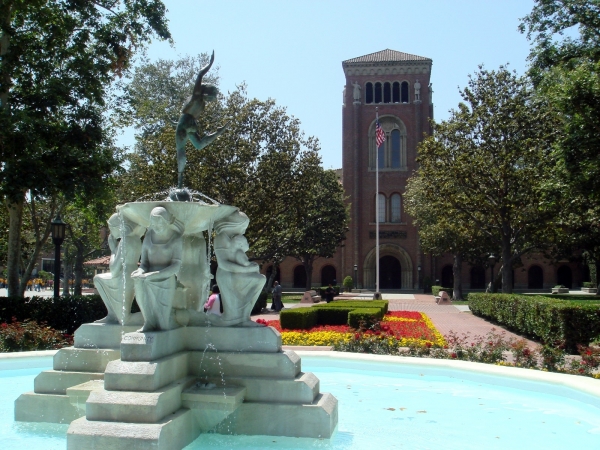https://www.usc.edu
Description
The University of Southern California opened for business in Los Angeles in 1880, when the city still lacked even basic amenities such as paving stones and electric light, and long before it became the glitzy capital of the movie industry. Although spearheaded by a judge called Robert Maclay Widney and a number of like-minded citizens, it took almost 10 years for their plans for a university in the region to come to fruition. It was eventually made possible by the donation of land from a diverse group of philanthropists: a Protestant horticulturist; an Irish pharmacist (and former governor of California); and a German-Jewish banker. Although it initially welcomed only 53 students, USC has since grown into an internationally renowned research university and the largest private-sector employer in its city. Close to 4,000 faculty are now split between 21 separate schools and units. While the main campus can be found in the centre of Los Angeles, the three teaching hospitals and Schools of Medicine and Pharmacy are grouped together on a separate Health Sciences campus to the north east. Specialisms include cancer, stem cell, regenerative and sports medicine. Equally significant is the city children’s hospital staffed by USC’s Keck School of Medicine. Physicist Murray Gell-Mann, who postulated the existence of quarks and gave them that name, is one of five Nobel laureates. Home to a School of Cinema Arts since 2011, the university numbers among its alumni many who have gone on to achieve great fame in show business such as Hollywood stars John Wayne and Clint Eastwood and film-maker George Lucas. Equally notable is astronaut Neil Armstrong, the first man to walk on the moon.
Specific details
Location
University of Southern Califor, Los Angeles, California, 90089, United States






